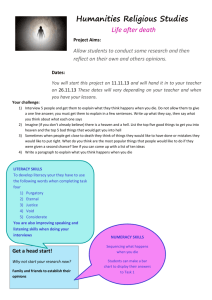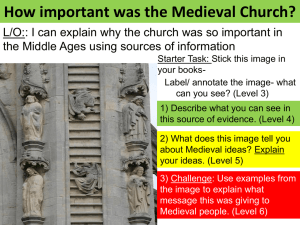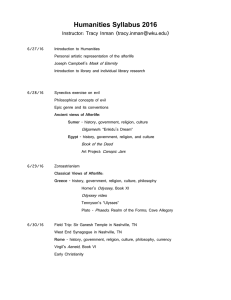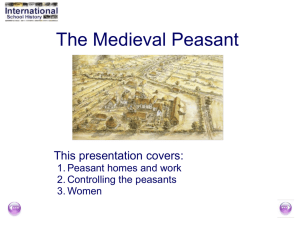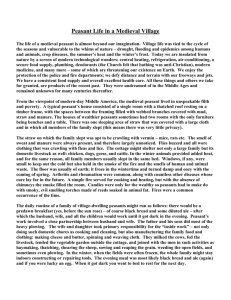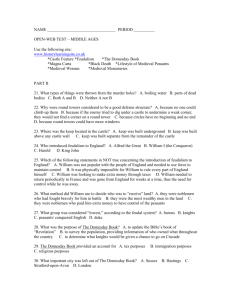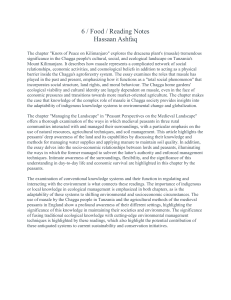The Medieval Church
advertisement
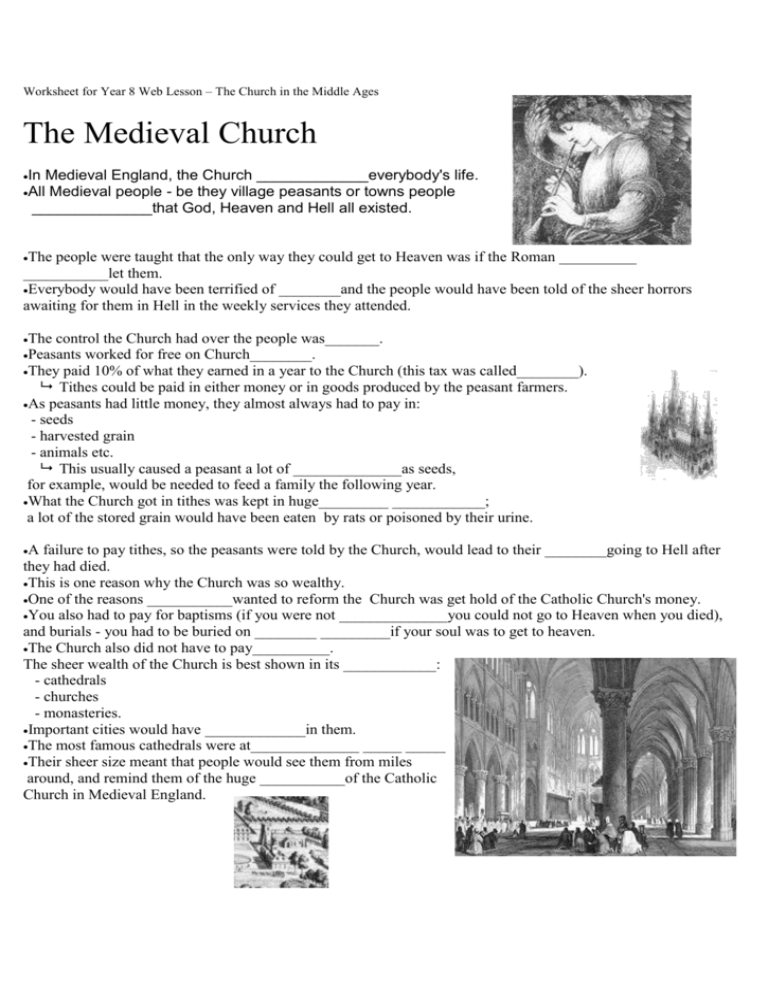
Worksheet for Year 8 Web Lesson – The Church in the Middle Ages The Medieval Church In Medieval England, the Church _____________everybody's life. Medieval people - be they village peasants or towns people ______________that God, Heaven and Hell all existed. All The people were taught that the only way they could get to Heaven was if the Roman __________ ___________let them. Everybody would have been terrified of ________and the people would have been told of the sheer horrors awaiting for them in Hell in the weekly services they attended. The control the Church had over the people was_______. Peasants worked for free on Church________. They paid 10% of what they earned in a year to the Church (this tax was called________). Tithes could be paid in either money or in goods produced by the peasant farmers. As peasants had little money, they almost always had to pay in: - seeds - harvested grain - animals etc. This usually caused a peasant a lot of ______________as seeds, for example, would be needed to feed a family the following year. What the Church got in tithes was kept in huge_________ ____________; a lot of the stored grain would have been eaten by rats or poisoned by their urine. A failure to pay tithes, so the peasants were told by the Church, would lead to their ________going to Hell after they had died. This is one reason why the Church was so wealthy. One of the reasons ___________wanted to reform the Church was get hold of the Catholic Church's money. You also had to pay for baptisms (if you were not ______________you could not go to Heaven when you died), and burials - you had to be buried on ________ _________if your soul was to get to heaven. The Church also did not have to pay__________. The sheer wealth of the Church is best shown in its ____________: - cathedrals - churches - monasteries. Important cities would have _____________in them. The most famous cathedrals were at______________ _____ ________. Their sheer size meant that people would see them from miles around, and remind them of the huge ___________of the Catholic Church in Medieval England.

